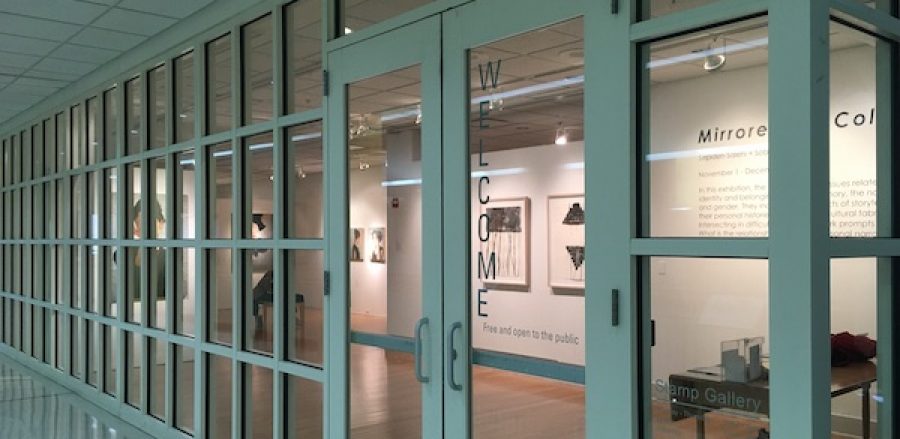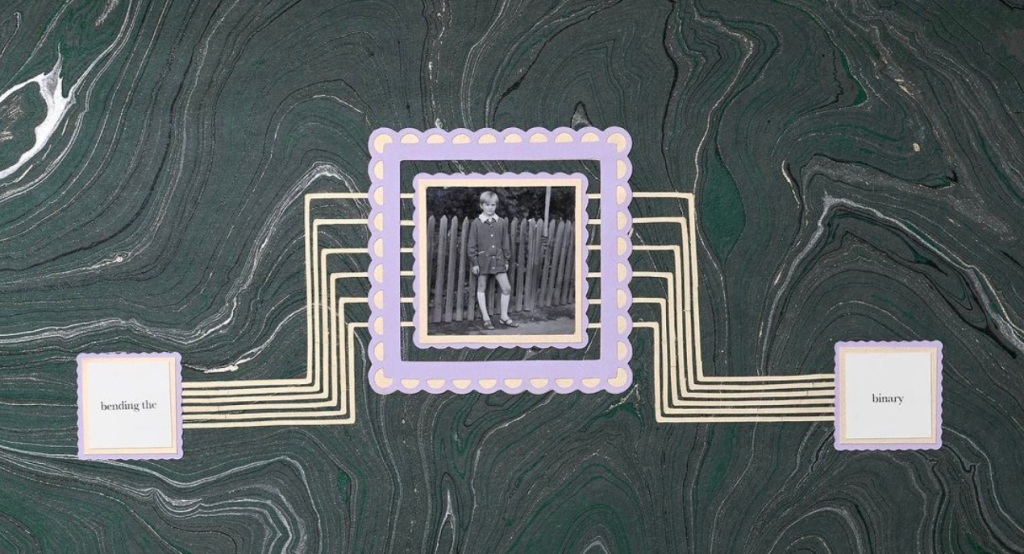Contemplating “Then I Remembered the Most Radical Thing Black People Can Do – Continue to Love Each Other”
Posted: September 20, 2021 Filed under: Contemporary Art Purchasing Program (CAPP), Current Exhibition, Explore, Top Picks! | Tags: art, baltimore, Blackphotography, contemporary, Contemporary Art, Female Black Artist, Forbes30u30 Art and Style, love, photography, print, stamp gallery, UMD, University of Maryland Leave a commentNew Arrivals 2021 from August 30 to October 16, 2021 at the STAMP Gallery | University of Maryland, College Park | written by Isabella Chilcoat
Faith Couch, a young and electrifying contemporary photographer, breaks through walls of race, gender, sexuality, and nationality through her pure, intimate, and unapologetic images. Graduating from Maryland Institute College of Art (MICA) in 2019, Couch has already exhibited across the globe in the African American Museum in Philadelphia, Nasher Museum of Art at Duke University, Queen’s University Belfast, Arles Les Rencontres de la Photographie, and International Center of Photography to name a few, and has earned a spot on the Forbes 30 under 30 for Art and Style. She currently works out of Baltimore, MD and continues to gain notoriety throughout the world for her sensitive and provocative photographs.
Remarkably, two of her works, selected by University of Maryland’s CAPP committee for the University’s permanent collection, currently hang in the STAMP Gallery inspiring feelings of reverence, awe, and intrigue. Fitting seamlessly into this year’s CAPP committee’s mission, the members note that both selected works inspire internal and interpersonal discussion into the complexities and dynamisms of the Black experience.
“The intangible aspect of Memory is concretized in a visceral sense via the body but is triggered by an object, image, sound, or gesture”
Couch, Faith. “Then I Remembered the Most Radical Thing Black People Can Do – Continue to Love Each Other.” Faith Couch, 2020, https://www.faithcouch.com/black-love-is-political#1. Accessed 17 September 2021.
One of her pieces adorning the walls in the STAMP Gallery exhibit is Then I Remembered the Most Radical Thing Black People Can Do – Continue to Love Each Other, 2021, Archival Inkjet Print, 24” x 36” that has sparked incredible conversation within the gallery in only its first month on display. The luminous photo print describes a scene of Faith, herself, and her partner nude in a vast grass field as they rest intertwined with loving gazes over each other’s bodies as if to absorb every moment in the presence of the person they love. The composition betrays the immaculate skill of the artist and tantalizes the eye of the viewer with its soft diagonals of limbs and torsos, while employing a fascinating one point perspective from the impressions of cut grass opening toward the couple who reclines in the central foreground and basks in golden sunlight.
Delving more deeply into Couch’s exquisite technique, the image contains shadows on the bottom corners taking the form of a subtle vignette, and, as the viewer draws nearer the picture, they become a part of the vignette that distances them from the scene. Here, the artist establishes privacy and safe distance for her figures so that they remain undisturbed, but, equally, to enforce that the viewers may only experience this moment vicariously by removing room to objectify her subject’s bodies. The serenity and intimacy is preserved forever.
Couch has commented “The intangible aspect of Memory is concretized in a visceral sense via the body but is triggered by an object, image, sound, or gesture.” Then I Remembered the Most Radical Thing Black People Can Do – Continue to Love Each Other captures the history and folklore, indispensable to Black culture and invokes the internal landscape of both dark and joyous memories through the image of Black people expressing tenderness, love, and intimacy. She composed a highly personal image that speaks especially to members of the diaspora to establish connectivity and community in shared happiness and pain. Ultimately, via Then I Remembered the Most Radical Thing Black People Can Do – Continue to Love Each Other, Faith Couch asserts that the greatest statement against injustice and disharmony is love.
P.S. I HIGHLY encourage you to check out all of Faith Couch’s works on display in person for the full viewing experience (socially distant of course) as well as her instagram for exclusive content and even more shots of her work and artistic process
Faith Couch’s work is included in New Arrivals 2021 at The Stamp Gallery of the University of Maryland, College Park, from August 30 – October 16, 2021. Couch will be joining the other artists of New Arrivals 2021 in an artist talk in the Gallery in October 2021.
For more information on Faith Couch, visit https://www.faithcouch.com/#1
For more information and to view Then I Remembered the Most Radical Thing Black People Can Do – Continue to Love Each Other virtually, visit https://www.faithcouch.com/black-love-is-political#4
For more information on New Arrivals 2021 and related events, visit https://stamp.umd.edu/centers/stamp_gallery .


